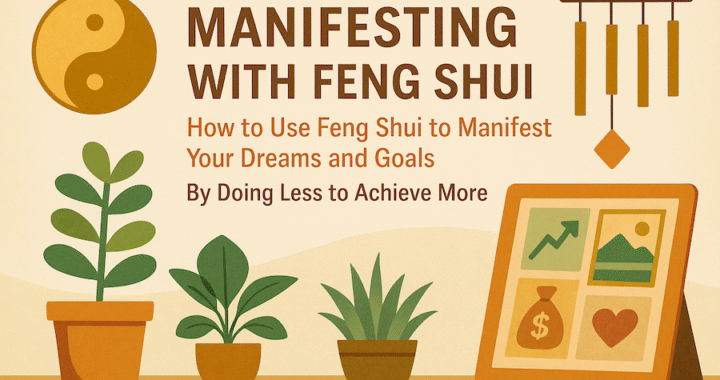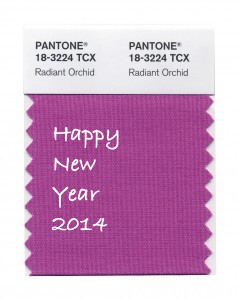Feng shui treats the built environment as an active participant in human flourishing. When space, placement and flow are aligned with intention, environments stop acting as passive backdrops and start operating as mirrors and amplifiers of inner states. This practical blog translates the mirror principle into a feng shui framework and integrates insights from environmental psychology and related fields. The aim is practical and evidence informed. You will learn how to read your environment, recalibrate your personal frequency through spatial change, recondition and space condition your home and workplace and deploy specific feng shui tools to support the manifestation of clear goals.
Unlike the traditional adage that success requires doing more and working harder, feng shui shows that by doing less but with greater alignment, you can achieve more with ease, flow and resonance.
True manifestation arises not from relentless struggle but from creating environments that naturally support your goals, allowing success to unfold with grace and ease. Begin by making one intentional change in your space today and experience how feng shui can transform both your energy and your outcomes.
The mirror principle in feng shui
Classical feng shui understands qi as patterned vitality moving through landform, structures and rooms. The way forms, thresholds and uses of space are arranged feeds back into mood, decision making and social relationships. In contemporary language, your outer world echoes and entrains your inner world. If the qi field of a home is congested through clutter, blocked circulation or ambiguous function, inhabitants often report fatigue, indecision and relational friction. If the field is coherent, with clear entry sequence, purposeful zones and nourishing anchors, inhabitants tend to describe ease, clarity and momentum. This interpretation remains consistent with long standing scholarship on feng shui as the cultivation of auspicious relations between people and place, while acknowledging modern applications inside homes and workplaces (Bruun, 2008; Feuchtwang, 1974; Mak & Ng, 2005).





